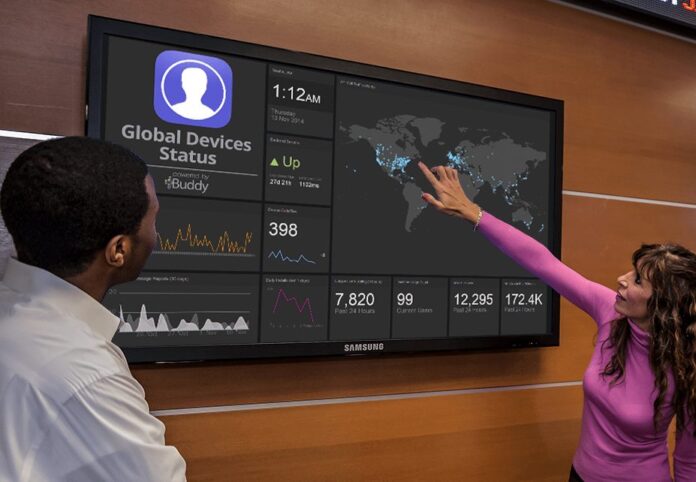As the “Internet of Things” expands its reach, consumer goods companies are finding themselves with wirelessly connected devices and reams of data that offer new insight into how their products are used and where their customers are – if they can make use of it.
“As more and more devices become connected, of all types – cars, wearables, appliances or home automation – what we’ve learned is that there is an incredible amount of useful data,” said David McLauchlan, CEO of IoT analytics company Buddy Platform. “The more devices, the more data being generated. It creates all kinds of opportunities for companies that aren’t typically big data companies.”
Consumer electronics, car companies, airlines, connected home manufacturers – those are the companies, McLauchlan said, “that are going to be generating data that will tell manufacturers how we live our lives.”
For the first time, McLauchlan said, companies that product consumer goods have a window into how customers are using their goods; where; and even what kind of issues those customers are running into. He said that Buddy’s platform is being used to both get device information and location that is based on real usage, not forecasts, as well as the beginnings of using that type of information for customer service interactions: Is a device working correctly? If not, why? And where is it located so it can be fixed?
But if companies want to benefit from the data, they’re having to adjust. Buddy aims to be an easy-to-deploy answer for companies that as McLauchlan put it, “aren’t set up to be IT powerhouses” because their focus is manufacturing.
McLauchlan said that for instance, a company selling connected thermostats can use Buddy’s IoT analytics platform to view a map of where its devices are being sold and used, along with real-time data being generated. Its dashboard, pictured above, is often a baseline use for business intelligence in the form of IoT analytics. Rather than having usage data buried in Xcel spreadsheets, he said, even that dashboard “is a huge leap ahead for the kind of companies that we deal with.”
The next step, he said, is plugging that data into other BI tools and implementing it in customer service. He expects customer support use of IoT analytics to increase, particularly as the holiday shopping season kicks off, because it enables a view into customer usage and troubleshooting.
Buddy recently launched a new IoT analytics platform to allow data from connected devices of all kinds to be integrated into any third-party big data processing tools for business intelligence purposes. The company also offers create custom APIs that allow clients to run queries. Since the platform relies on HTTPS, any device with Internet connectivity can connect and send data.
One of the related challenges, though, for international companies is making sure that the data is received and stored according to regional laws that can differ widely — also known as data sovereignty.
The European Union, McLauchlan said, already requires that data generated in the E.U. must be hosted there, and he expects those type of requirements to continue. Buddy has what it calls “sandboxes” for data storage, branded as BuddyVault, in several different regions around the world in order to comply with data sovereignty rules.
“This is going to be a growing trend,” McLauchlan said. “That is, more and more countries are imposing requirements and regulations in terms of where data that is generated by their customers can live.”

